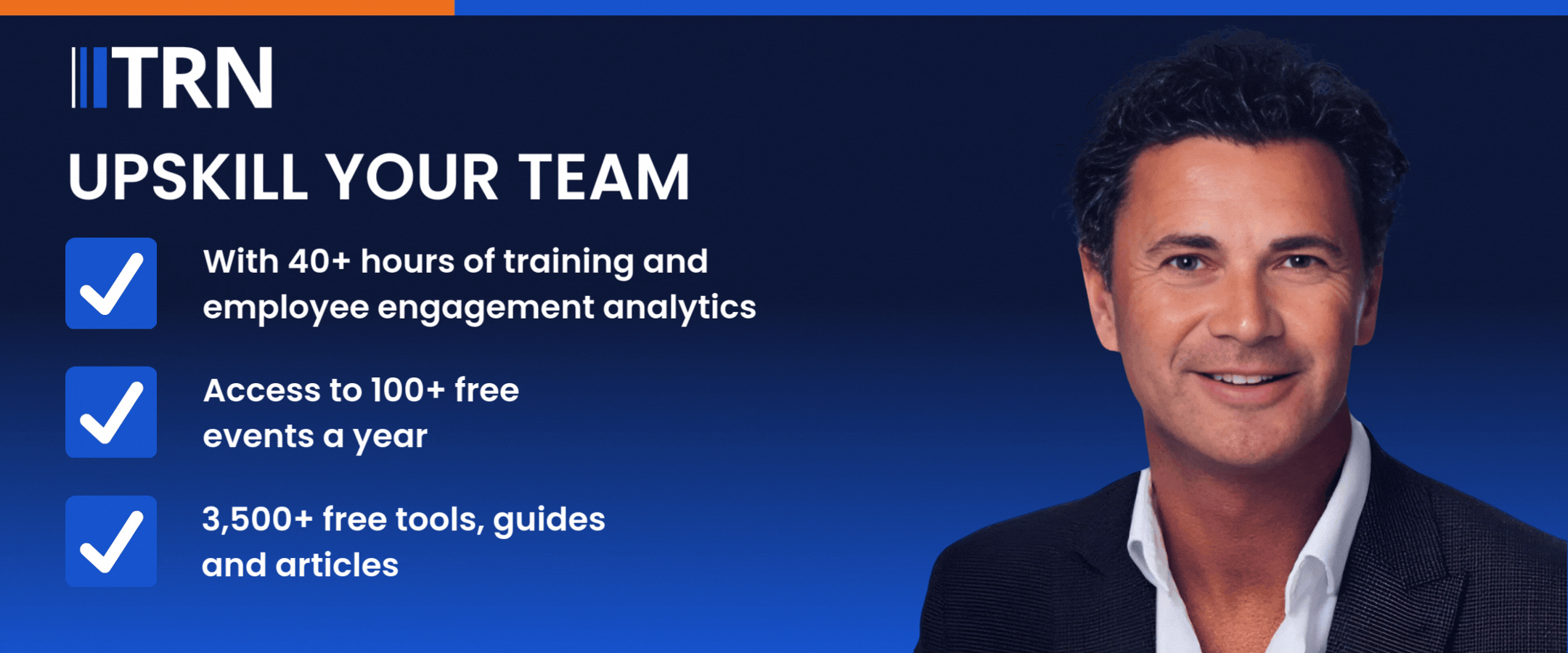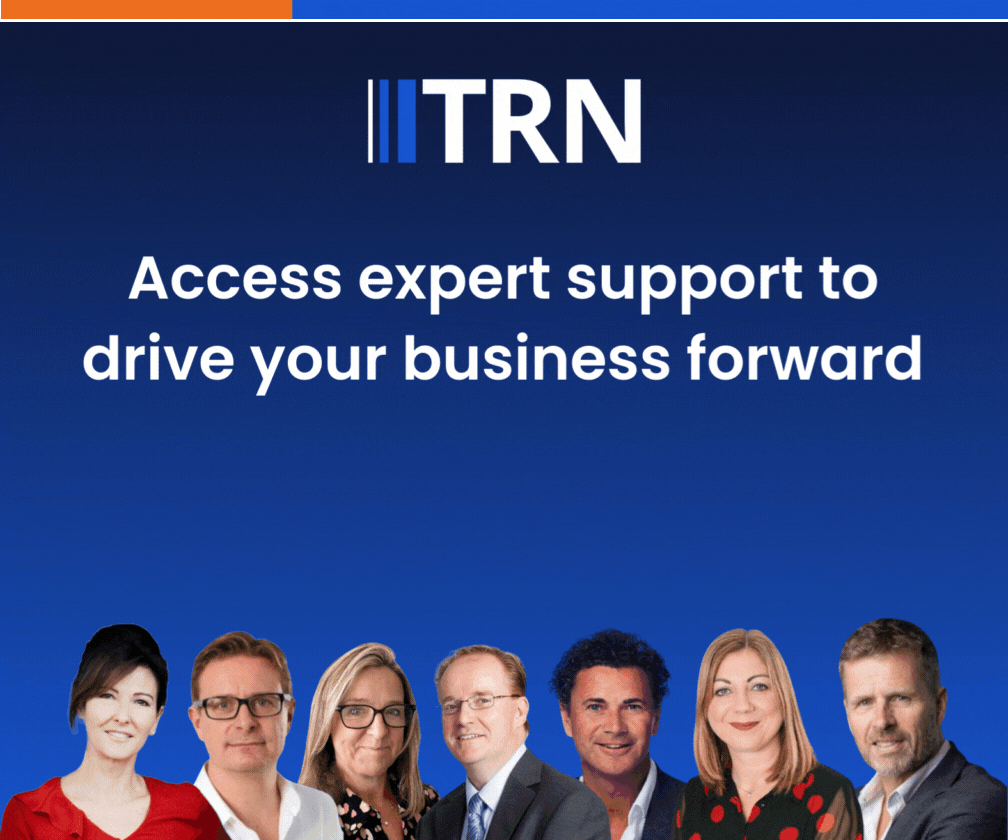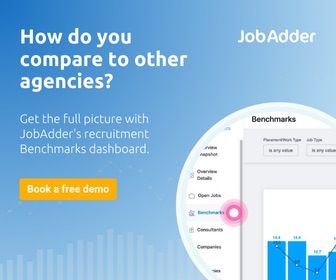Please refer to the editor’s commentary for the context to this article
Rebecca Seeley Harris, LLB (Hons) LLM MSc, at re:legal consulting addresses what recruiters need to know about chapter 11 ITEPA
Introduction
Recent commentary in the Global Recruiter article titled “No audit trail, no protection” has suggested that the new umbrella company rules under Chapter 11 ITEPA will force agencies to pay PAYE directly to HMRC “to be safe,” or that HMRC can “apportion” an umbrella company’s shortfall across all agencies under a “collective liability”. These claims have caused understandable concern in both the recruitment sector and the umbrella sector.
The reality is different. Chapter 11 introduces a joint and several liability (JSL) regime that applies in specific circumstances. It does not impose a blanket obligation on agencies to reroute PAYE, nor does it give HMRC the power to spread one umbrella’s debts across every agency in the market.
For recruiters, the real task is supply chain control: understanding who is your “relevant party,” documenting compliance, and building an audit trail. This article sets out what the legislation actually says, what it doesn’t say, and how recruiters can prepare.
What Chapter 11 Actually Does
The charging rule
The draft legislation provides:
“Each relevant party… is, along with the umbrella company, jointly and severally liable to pay any amount payable, in accordance with the PAYE provisions, by the umbrella company in relation to a qualifying umbrella company payment.” (s.61Y(2) ITEPA)
This means:
- The umbrella remains the primary legal employer responsible for PAYE.
- If the umbrella fails, HMRC can recover the same liability from another “relevant party.”
- A “qualifying payment” is tightly defined – it relates to wages paid by the umbrella, not wider contractual sums.
There is no requirement that an agency must pay PAYE directly to HMRC to avoid liability.
Who is a “relevant party”?
The legislation sets out a hierarchy:
- If the umbrella contracts with an agency, the top agency is the relevant party.
- If the umbrella contracts directly with the client, the client is the relevant party.
- If the agency contracts directly with the client and is employing the worker with no umbrella, the client is the relevant party.
- If the agency is connected with the umbrella, or offshore, responsibility moves up to the client or the nearest UK-resident party.
This is a targeted recovery mechanism, not a collective levy. The target is explained under the “umbrella company arrangements” as the person who has the contract with the client (s.61Y4(c)(i)). So, where there is an agency or an MSP, it will be the one at the top of the chain who is the relevant party, not all parties.
Anti-avoidance
The “purported umbrella” rules (s.61Z1) apply where arrangements are dressed up to look like umbrella employment but are not. In that case, the entity posing as the umbrella is treated as the employer, and JSL applies. Again, this does not shift responsibility onto all agencies in the market – it simply ensures that sham umbrellas can’t be used to escape PAYE.
What Chapter 11 Does Not Do
- It doesnot create “collective liability” across all agencies. HMRC will pursue one relevant party for the full debt.
- It doesnot require agencies to operate PAYE themselves under the umbrella’s reference. In fact, it’s not lawful to use another entity’s PAYE reference because it misrepresents who the legal employer is. The employer remains the umbrella unless a deeming rule applies.
- It doesnot make paying HMRC directly the only safe harbour. Protection comes from evidence, not rerouting payments.
How Chapter 7 Differs from Chapter 11
Recruiters are already familiar with Chapter 7 ITEPA (the “agency rules”) more commonly known as s.44. Since 2014, Chapter 7 has required the agency that supplies a worker to an end client to operate PAYE where the worker is under supervision, direction or control. That regime is about deeming the agency to be the employer for tax in certain circumstances.
Chapter 11 is different. It leaves the umbrella as the actual employer but creates a joint and several liability framework so HMRC can recover the umbrella’s PAYE debt from a defined “relevant party” (usually the agency contracting with the client). In short:
- Chapter 7makes the agency the deemed employer in many agency supply models.
- Chapter 11keeps the umbrella as employer but shifts liability if it defaults.
Understanding this distinction is vital: recruiters must prepare for Chapter 11 as a recovery mechanism layered on top of existing agency rules, not a wholesale replacement.
When the end client can be liable
Chapter 11 also catches situations where there is no umbrella in the chain. If an agency engages a worker on a contract of service (as defined by s.4 ITEPA) and pays them PAYE directly, liability can move up to the end client.
Practical Compliance for Recruiters
The key for agencies is to evidence that the umbrella discharged its PAYE obligations. HMRC’s enforcement powers allow determinations against a relevant party, so the defence is a robust audit trail.
Here are practical steps recruiters should take:
- Map your supply chain
- Identify whether the umbrella contracts directly with your agency or with another intermediary.
- Document who contracts with the client, whether any party is offshore, and whether any entities are “”
- This establishes your “relevant party” exposure under s.61Z.
- Contractual protections
- Require the umbrella to provide monthly compliance packs (RTI submissions, P32s, PAYE remittance proofs).
- Include clauses requiring immediate disclosure of HMRC security notices or enforcement actions.
- Reserve rights to terminate or step in if compliance failures arise.
- Monthly evidence packs
A strong evidence pack should include:
- RTI FPS/EPS submission receipts.
- P32 summaries reconciled to the agency’s worker schedule.
- Bank proof of PAYE remittances matching those RTI totals.
This ensures you can demonstrate that PAYE was operated correctly.
- Record-keeping obligations
Section 716B ITEPA, HMRC’s information powers are extended to Chapter 11 participants. Recruiters should ensure umbrellas keep s.716B-ready records and agree to supply them on request.
- Accreditation and independent checks
Accreditation is not a statutory defence, but it helps demonstrate reasonable assurance. Supplement this with your own checks, such as reviewing sample payslips using HMRC’s umbrella pay tool or one of the commercial tools that are available.
- Bank-to-tax traceability
You don’t need to pay HMRC yourself, but you should:
- Require monthly HMRC statement of account extracts for the umbrella’s PAYE reference.
- Cross-check against RTI submissions and worker pay schedules.
This builds the audit trail HMRC will expect to see.
Conclusion
Chapter 11 ITEPA is not the “collective liability” regime some have suggested. It is a targeted joint and several liability measure designed to stop non-compliant umbrellas escaping PAYE.
For recruiters, the focus must be on due diligence, contractual controls, and audit evidence. You don’t need to reroute PAYE yourself but you do need to prove the umbrella did its job.
Those who embed compliance now will be best placed to protect their businesses, their clients, and their workers as the new regime takes effect in April 2026.






